'I get home from school and ride for two to three hours': The dos and don'ts of training young riders
What is optimal training for ambitious under-18s seeking to reach their potential while still having fun? Chris Marshall-Bell finds out
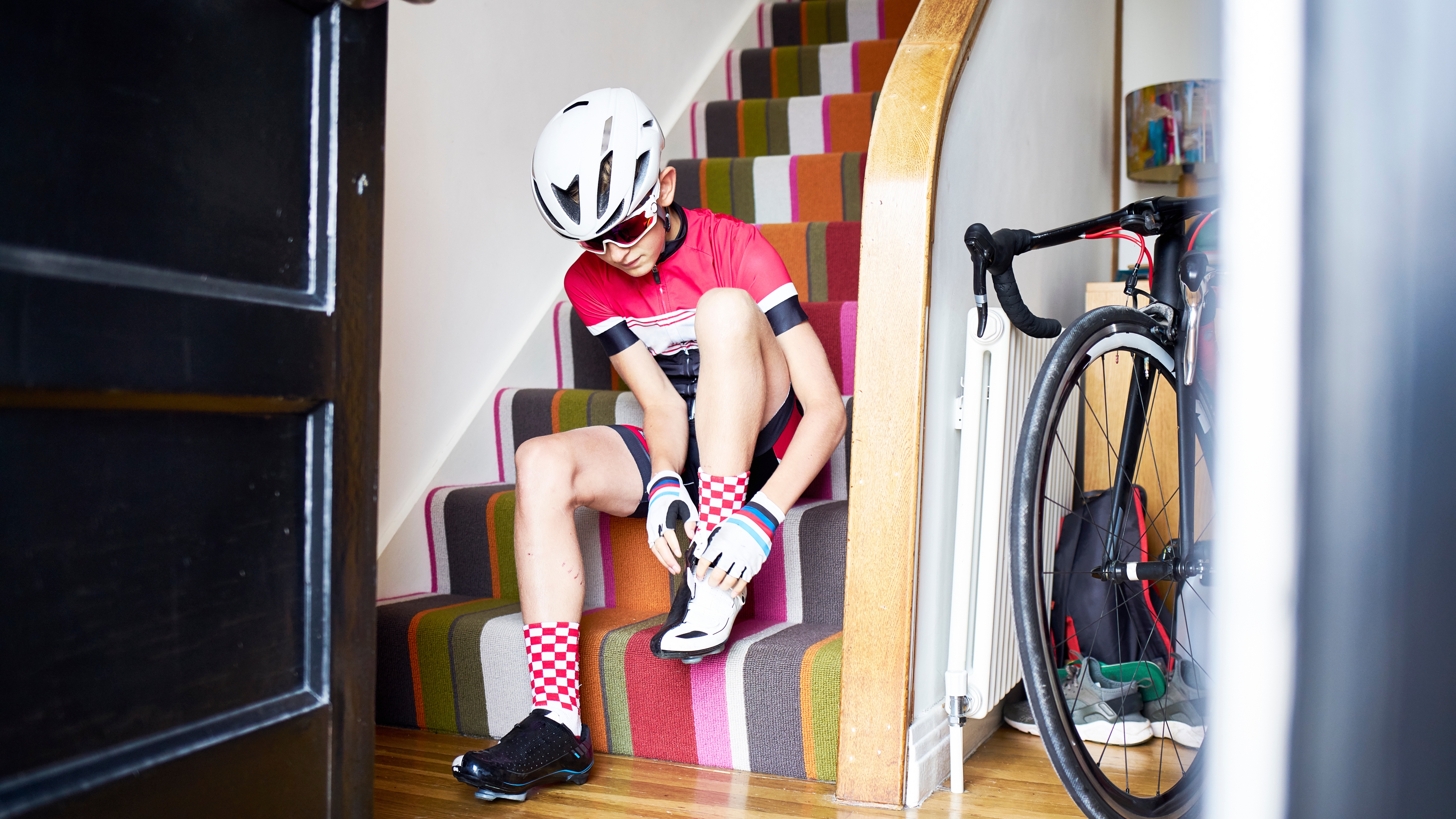
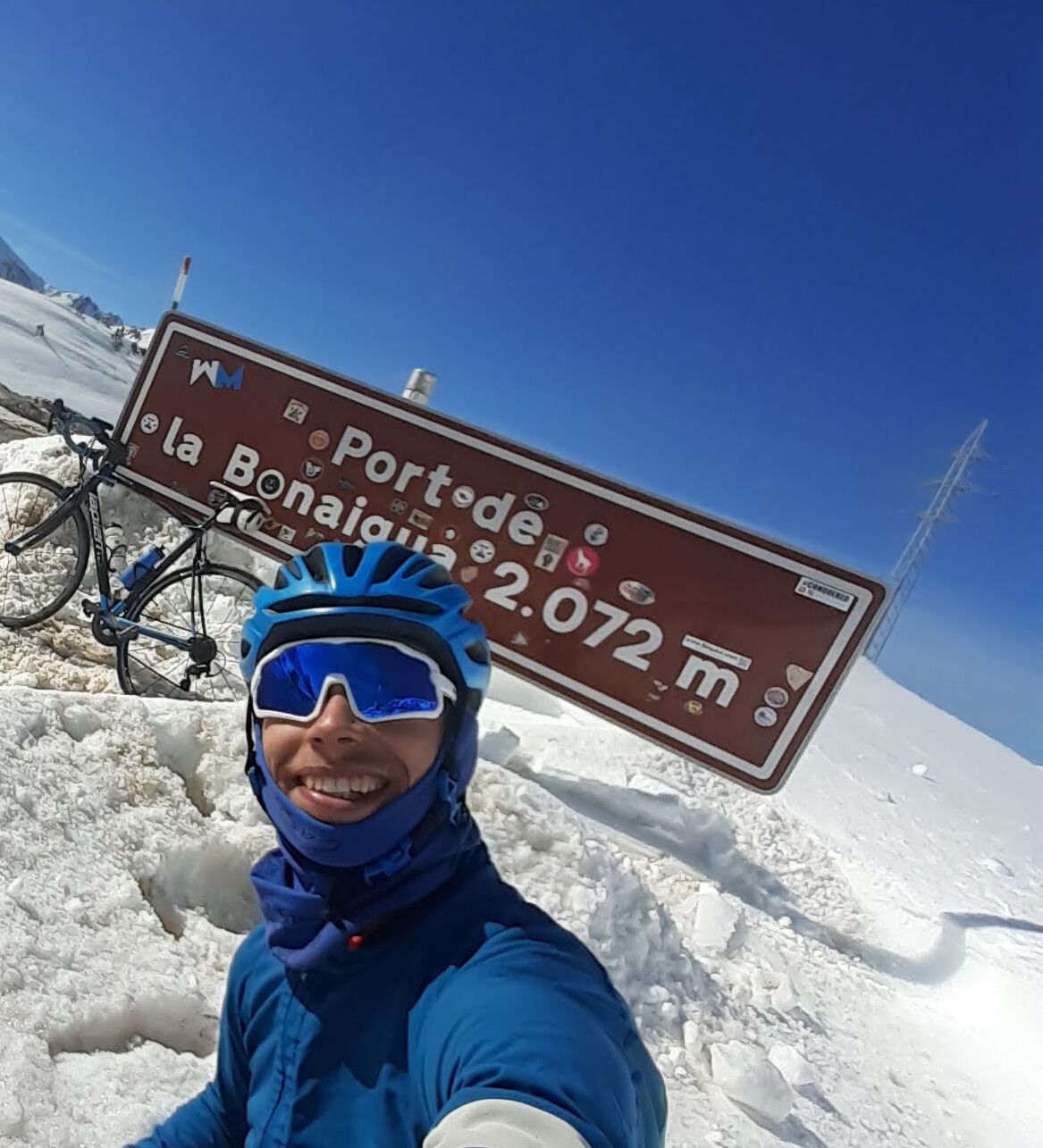
The best teenage cyclists are now competing with – and even beating – seasoned pros in the WorldTour, a shift that might lead you to believe today’s young champions are training harder, or diff erently, from kids of the past. And you’d be partly right. Schoolage cyclists, future stars of the sport, now have access to cutting-edge training tools like power meters, GPS, biometrics trackers and smart trainers – equipment their predecessors couldn’t have dreamed of a generation ago. With precise performance measurement at their fi ngertips, these young riders know exactly what they need to reach the top. What’s more, junior gear restrictions were abolished in 2023, meaning youngsters now use the same ratios as the pros – there is nothing holding them back.
Exceptional talent aside, these young prodigies face the same limitations and challenges as did cyclists from earlier generations. Puberty and the timing of a child’s physical development vary widely, and placing too much physical stress on a growing body can lead to complications. Then there are the demands of daily life: while the growing number of 18-year-old WorldTour pros can dedicate themselves entirely to training, their peers preparing for A-levels must juggle classes, exams and homework – they simply don’t have the time to rack up elite levels of training volume. So how are today’s future champions of the sport training in their junior years? And what should those following in their wheel-tracks be looking to emulate?
Junior sensation
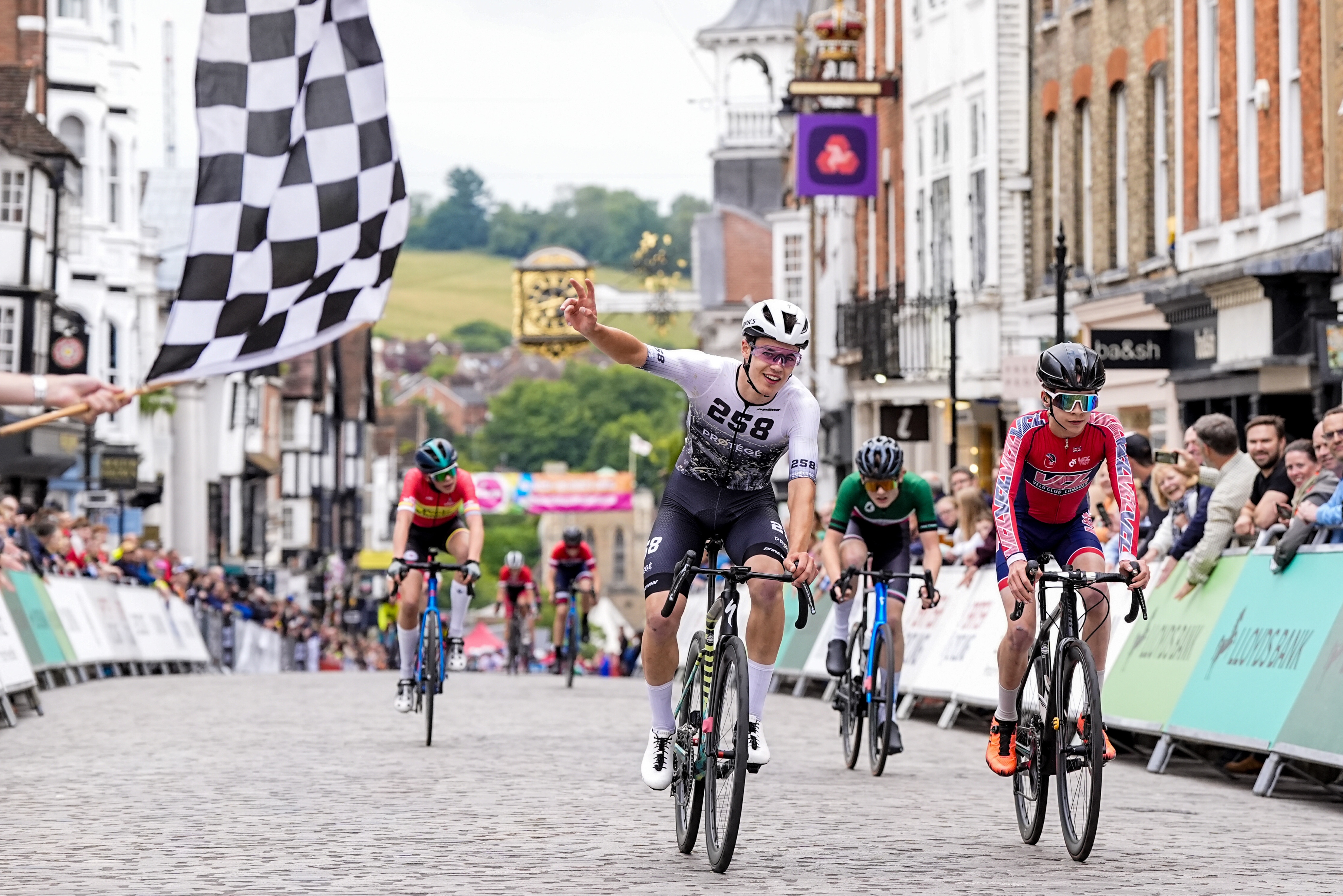
Top-class talent Atkins (centre) is still at school
Leon Atkins is Britain’s most exciting junior rider. The 16-year-old from Hertfordshire [UK] has picked up 11 national titles as a youth rider, set an unofficial world record in the two-kilometre individual pursuit, and rode a 17.56 10-mile time trial on 15 June 2024, when he was still just 15. Tall and well-built – he matured physically earlier than most of his peers – Atkins comes from the do-everything school of thought, enrolling in a calendar of track, road, mountain bike and cyclocross. “It can be difficult because you never really get an off-season and you’re always racing, but it keeps it more fun and I’ve never wanted to stop any of the disciplines,” he says.
Atkins, who began racing aged 11, is perhaps the perfect case study: what training has he done to fast-forward the development of his cycling fitness? “Until my first year as an U16 rider, or youth A, I had no structured training,” he says. “I’d ride twice a week for one-and-a-half hours, and always for fun.” Last season was his last as a youth rider, and he is expected to dominate the junior ranks in 2025. Already he has increased his training volume and intensity.
“Still being at school, I’m limited in how much I can do, but typically in the summer I get home from school at 4pm and ride for two to three hours,” he says. “Those are always base rides, with a few little short efforts to sharpen things. Usually I’m doing four or five steady endurance-focused rides a week, with one race day and one recovery day.” If he’s not racing – a rarity – Atkins does a four- to five-hour weekend ride, and his weekly volume is usually around 12 hours. “The longest ride I’ve ever done was 205km, but that was a one-off on a training camp,” he adds.
Coached by his father Gavin, a specialist in coaching tools and data management at the English Institute of Sport, the 16-year-old shares an example of a heavily loaded training week from the end of June: “I had a two-hour youth race on the Sunday, and then on the Monday I had a two-and-a-half hour track session. I did a baseline three-hour ride on the Tuesday, and rode the Otley and Ilkley youth and adult crits the following two days, so four hours racing in total. I then had a rest day followed by a three-hour ride.” Even for most adults, that would be a tough week. “It wasn’t a typical week,” Atkins adds a caveat. “Because I race so much, I don’t do intense sessions in my training,” he says. “I’m not old; I’ve got to keep my training fun and long. Steady riding is what I most enjoy and what I’ll do for the next few years. I get all my intensity in races and GB track camps.”
Movement skills
As a parent or guardian, it’s reasonable to worry about juniors doing too much too soon, particularly when it comes to strength and conditioning work in the gym. There is irrefutable evidence that strength training helps prevent injuries, but when is it safe for a developing athlete to start lifting heavy weights? What are the guidelines?
Get The Leadout Newsletter
The latest race content, interviews, features, reviews and expert buying guides, direct to your inbox!
“Young people should start early with developing their body skills and body movement – and that doesn’t mean with weights,” says Robbert de Groot, Visma-Lease a Bike’s head of development. “If you’re able to move effectively and with low energy costs, you have high efficiency and that’s very beneficial.” He is referring to under-16s. “It’s good for those aged 12 to 15 to have a certain education in movement skills and then, depending on their rate of physical maturity, and with professional guidance, decide when to add in weights.” Is there an ideal age? “Not exactly, but it’s somewhere between 15 and 18,” says de Groot. Atkins conforms to this advice, doing one strength session each week.
Guided by data
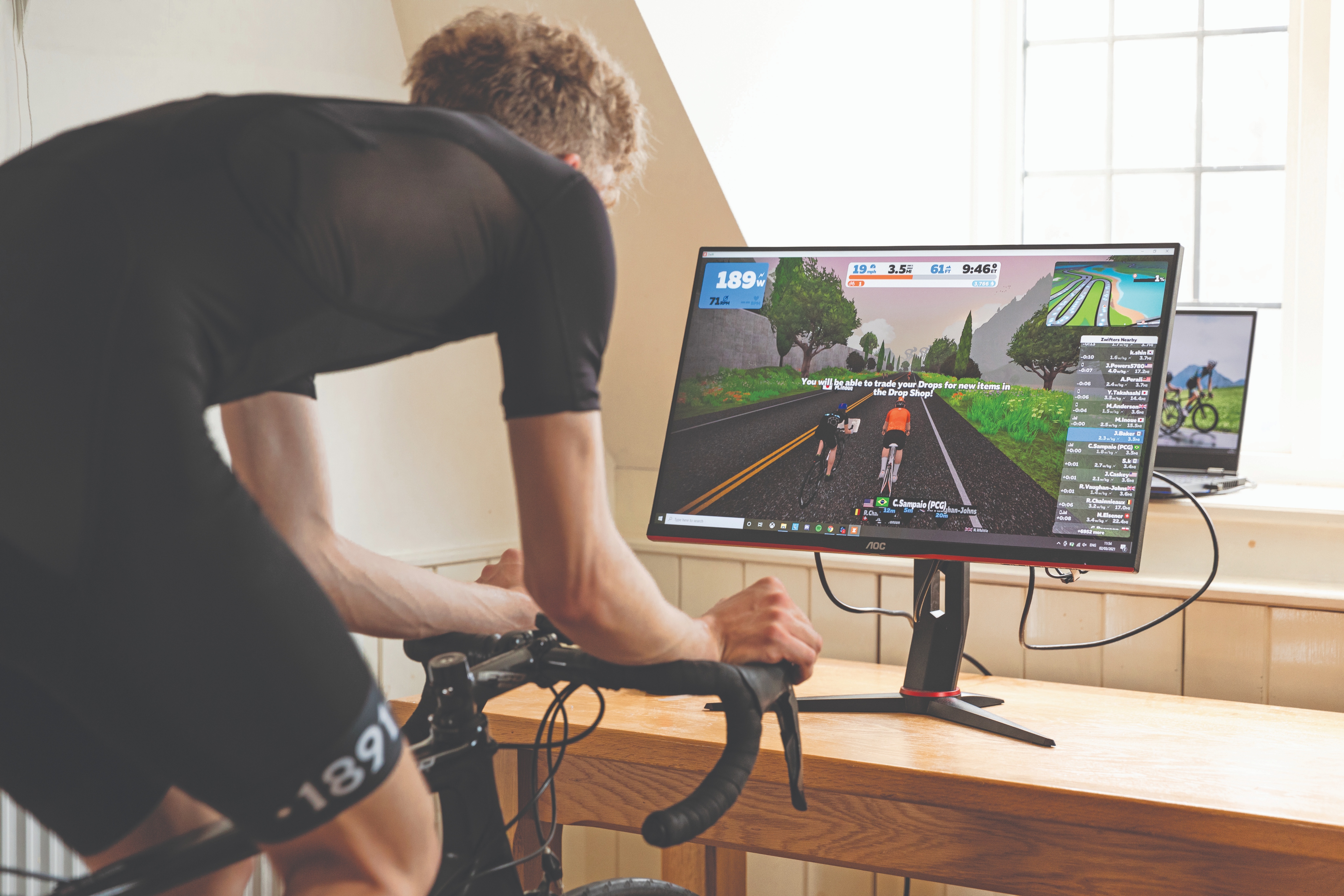
Today’s juniors have training aids aplenty
Another concern for parents is early exposure to training gadgets and data. Purists insist that the focus for youngsters must be on enjoyment, not performance metrics. But Atkins disagrees. “I’ve had a heart rate monitor since I was nine or 10, but I was never really that interested in it,” he says. “It was just to know my baseline, and it’s been good to keep a track of it as I get older. To be honest, I used it more as a game: look, see how high I can get my heart rate!” Aged 11, he acquired his dad’s old power meter. “I didn’t use it properly until a few years ago and I didn’t really know what [power output] was good or not. It wasn’t put on my bike for performance, but if I’m trying to be the best, it helps.”
Now, approaching the elite level of the sport, Atkins pores over his data. “I analyse my TrainingPeaks with my dad, who is quite good with data, and I enjoy it. It’s all about trends and checking if things are going in the wrong or right direction. British Cycling have been more old-school in that regard in the past, but they’re more on it now, and recently asked people on the [junior] Academy to get a Whoop band.”
The combination of data and experience gives Atkins a high level of confidence in monitoring his progress. “I’m quite good at listening to my body, which in my opinion is not too difficult,” he says. “You know how you feel when you get out of bed. I use an Oura ring [to track sleep and recovery] and combine that with how I feel, and how my resting heart rate is trending.” How does he know when he has improved? “On the bike, I look at the power numbers on a steady ride – they have gone up considerably in the last few years. I can do a three-hour ride now at a high power level and feel totally fine, whereas a few years ago I’d have to go to bed afterwards.”
As he targets more prestigious races, with a view to attracting the interest of professional teams, Atkins’s training will continue to increase. “Strava’s end-of-year report showed how I’ve steadily increased my training volume, and I’m looking to continue that trend until I get to the pro level,” he says. “It’s not a jump you make in one go – it takes six to seven years to transition from a youth rider to a WorldTour rider.”
Coached by Dad

Shibden Hope Tech Apex has been the UK’s standout junior club team in the past two years, with their top alumni Cat Ferguson and Imogen Wolff securing WorldTour contracts at the age of 18 with Movistar and VismaLease a Bike, respectively. At her third pro race, in September, Ferguson won, and a few days later clinched both road race and time trial world titles. Less than a week later, she won again. Her father Tim is the manager of the Shibden team, and the schedule he prescribes to his athletes is similar to that outlined by Atkins: five to six days’ riding, one or two gym sessions, and a rest day.
The volume coach Ferguson recommends is dependent on the length of the races. “An U16 rider’s maximum race length is one hour, so the training volume [of the longest rides] should reflect that, being slightly longer – but we’re talking about twohour rides max, not four or five hours,” he says. “When they become juniors and races become two to two-and-ahalf-hours long, the volume goes up again, and when they’re approaching the seniors, with four-hour races, there’s another step up.” Increases are incremental, from an average of 10-12- hour training weeks as a 16-year-old to 18-20 hours as an 18-year-old. There is also a difference between the sexes. “Boys’ races are faster and at a higher intensity, so they need to do more eff orts in training,” Ferguson adds.
Embrace failure
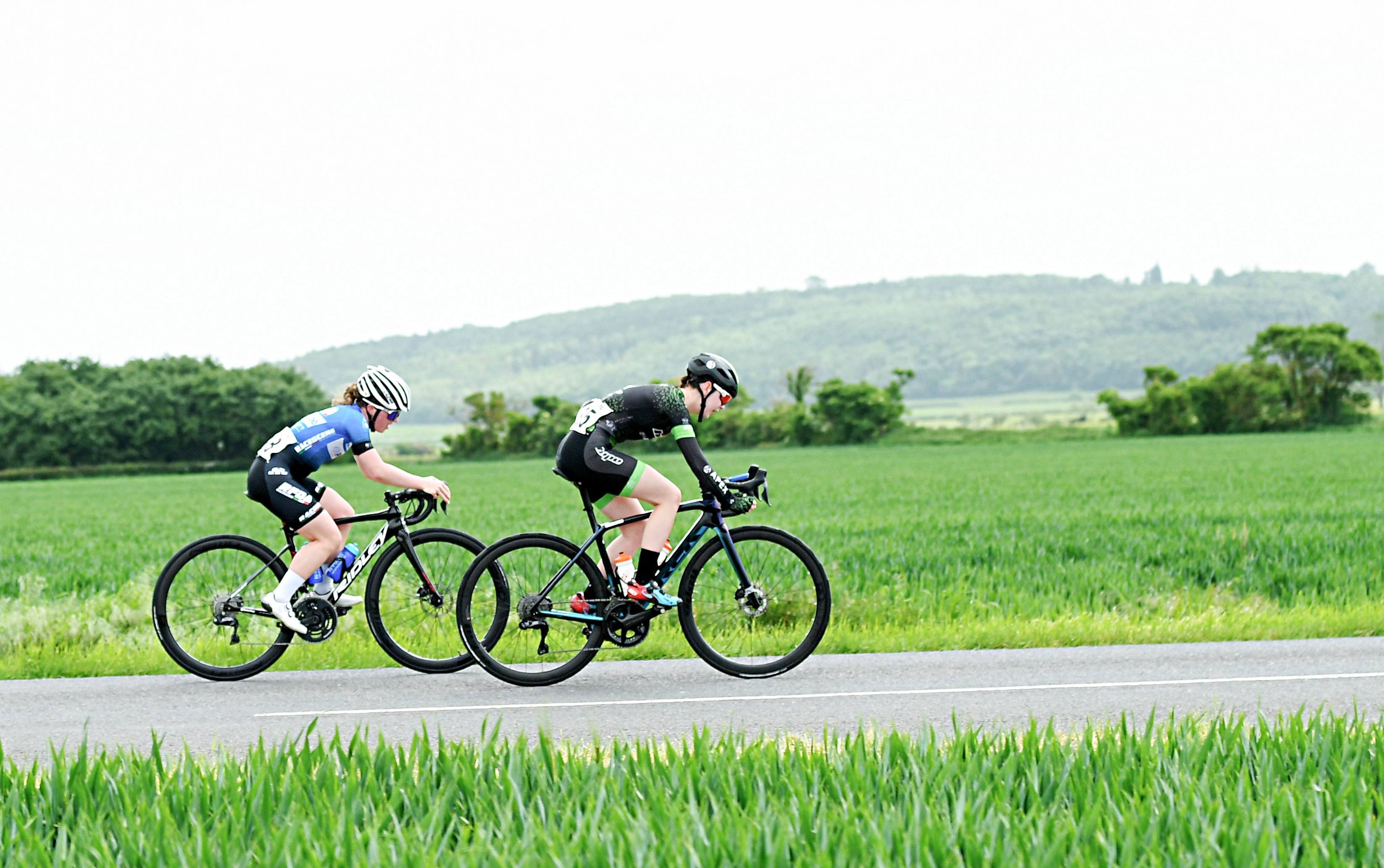
Regular sessions where you get a kicking are good mental and physical training
Every rider who joins Ferguson’s team is given a 15-page handbook that covers training, racing and social media usage, among other topics. Ferguson advises his youth athletes to make training fun, specific, progressive, consistent and be driven by internal motivation, pointing to his own daughter’s success. “I never had to tell Cat she had to race or train – it’s come from within and that’s how it should be,” he says. In the handbook, Ferguson recommends a ‘failure test’: “You need to be doing a regular session where you get a kicking. This could be a weekly chaingang – are you getting dropped each week (I hope so) or a smash-fest circuit training with a bunch of big, ugly blokes or junior boys making the pace so fast your legs scream ‘til you get spat out. This is good on a physical level and for mental fortitude too.” The message here is that while most training should be done with same-age peers, mixing it with older riders once in a while can elevate performance substantially.
Atkins is now preparing for his first season as a junior rider. If he is going to make it all the way to the WorldTour, what will it take? – I’m curious to hear Ferguson’s take. “Some parents come up to me and ask what the magic recipe is, hoping I’ll tell them they have to take a blue or red pill,” says the Yorkshireman, flat-batting my question. “But there is no magic answer: it’s about training consistently, progressively, and not overtraining.”
YOUNG RIDER DOS AND DON’TS
Robbert de Groot is Visma-Lease a Bike’s head of development. Here are his golden rules for young riders.
How much training should a junior be doing? “Ten to 12 hours is the average, but it depends on the individual; we see quite a lot of juniors doing 13-16 hours and their bodies are OK with that. If they can spread it out to different activities, like gym work or running, that also works.”
What’s the most important skill for a junior to learn? “The balance between training and recovery. Maybe more training is good, but you can’t train harder and rest less. Learning to rest and being OK in your mind with taking an easier day is a learning process because youngsters are so full of energy. It’s the recovery from training that produces a high development response, not the training itself.”
What should juniors focus on? “Eating more! Especially on the bike, because they are prone to increase the amount and intensity of cycling while forgetting they also need to eat more. We see nine out of 10 juniors under-fuelling because they don’t have the knowledge about diet.”
Should juniors weigh their food? “I am quite against this at an early age. The focus should be on having a general knowledge of what food is healthy, what the body needs, and an understanding of how much it would need for the duration and intensity of the activity.”

Thank you for reading 20 articles this month* Join now for unlimited access
Enjoy your first month for just £1 / $1 / €1
*Read 5 free articles per month without a subscription

Join now for unlimited access
Try first month for just £1 / $1 / €1
A freelance sports journalist and podcaster, you'll mostly find Chris's byline attached to news scoops, profile interviews and long reads across a variety of different publications. He has been writing regularly for Cycling Weekly since 2013. In 2024 he released a seven-part podcast documentary, Ghost in the Machine, about motor doping in cycling.
Previously a ski, hiking and cycling guide in the Canadian Rockies and Spanish Pyrenees, he almost certainly holds the record for the most number of interviews conducted from snowy mountains. He lives in Valencia, Spain.
You must confirm your public display name before commenting
Please logout and then login again, you will then be prompted to enter your display name.
-
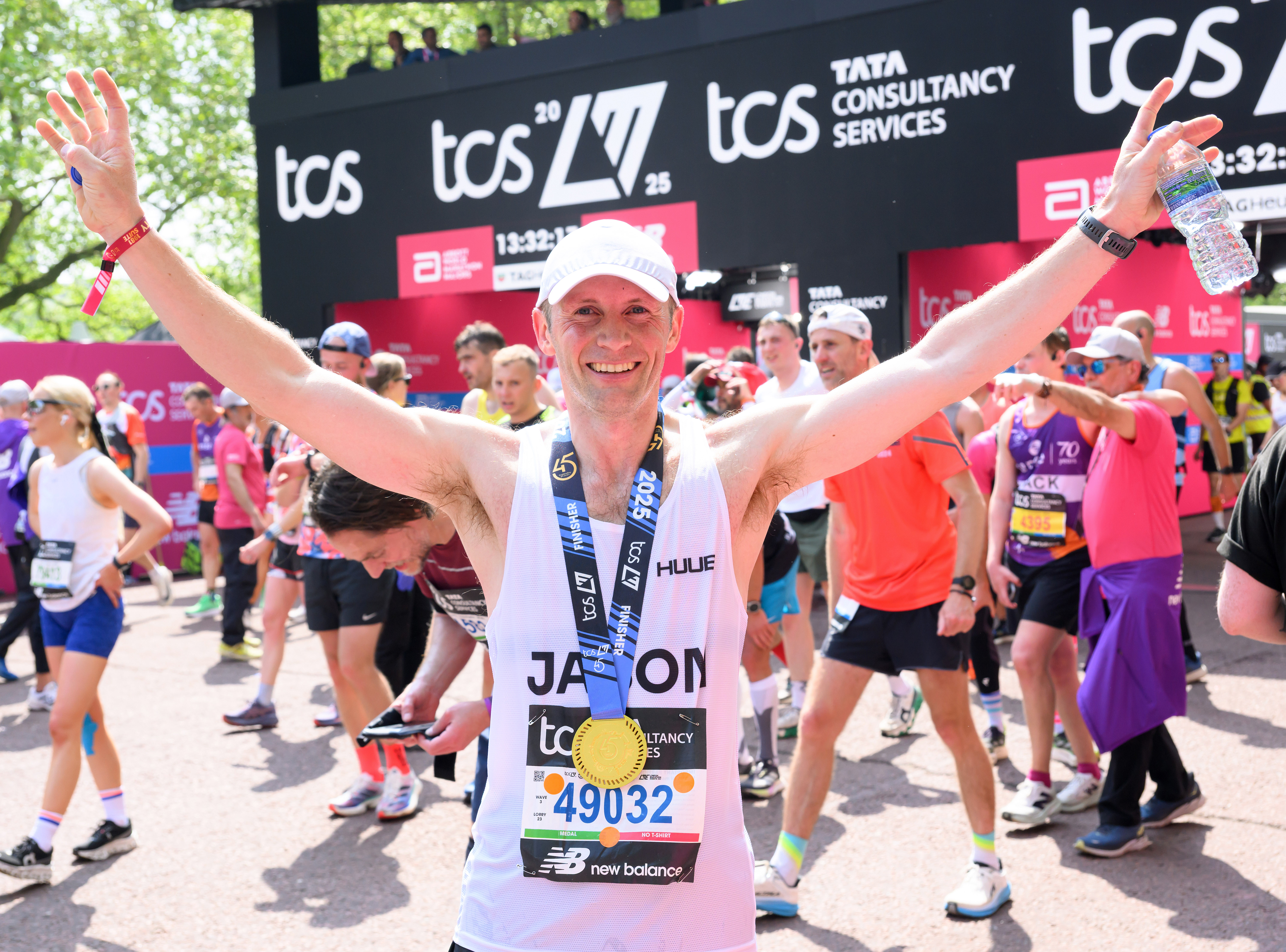 'Not bad for a sprinter' - Jason Kenny runs London Marathon in impressive time
'Not bad for a sprinter' - Jason Kenny runs London Marathon in impressive timeSeven-time Olympic gold medallist made marathon debut alongside former GB team-mate Becky James
By Tom Davidson
-
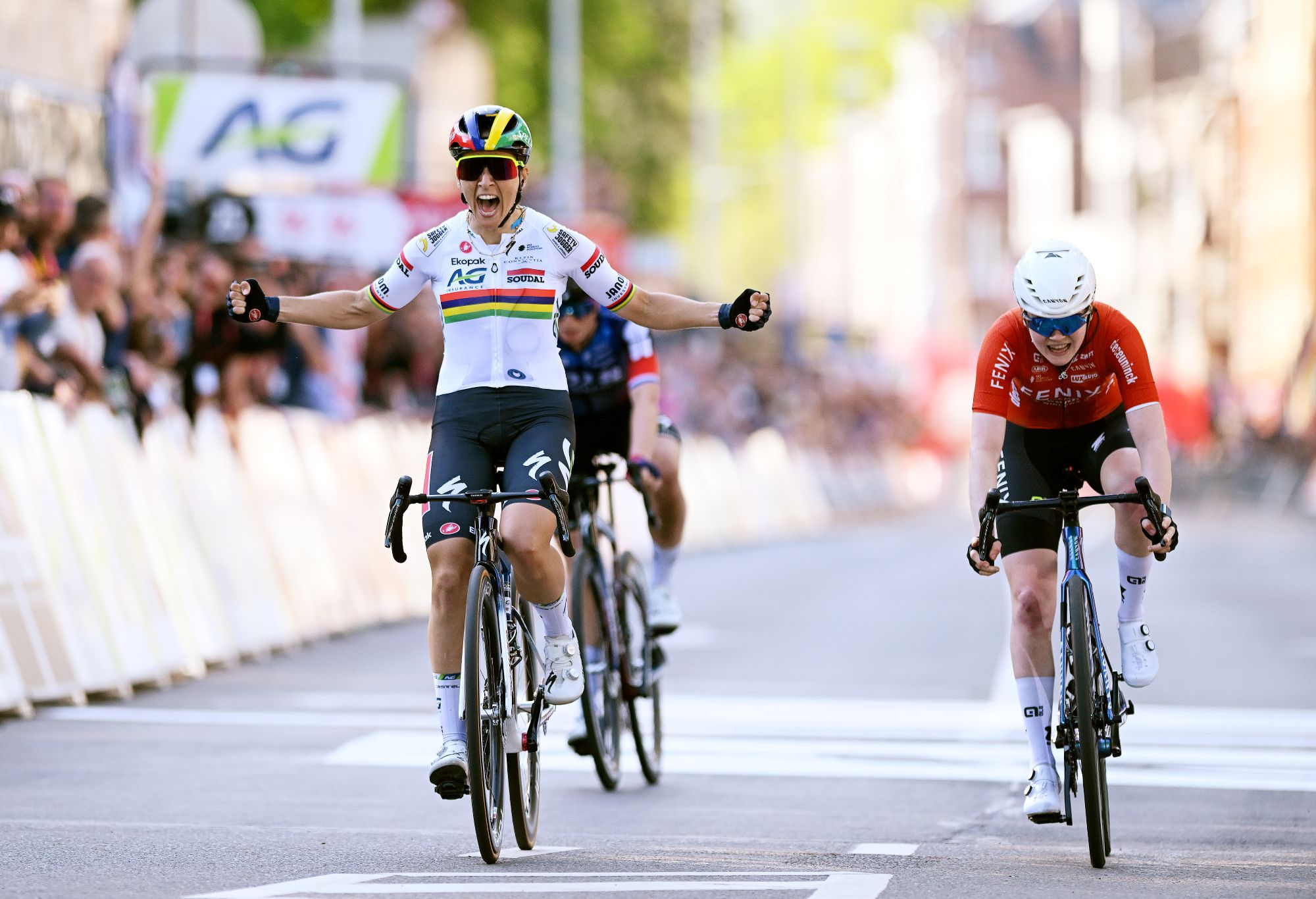 Kim Le Court outsprints Demi Vollering and Puck Pieterse to take Liège-Bastogne-Liège Femmes victory
Kim Le Court outsprints Demi Vollering and Puck Pieterse to take Liège-Bastogne-Liège Femmes victoryMauritian edges out former Tour de France Femmes winner and La Flèche Wallonne champion to take unexpected win
By Tom Thewlis